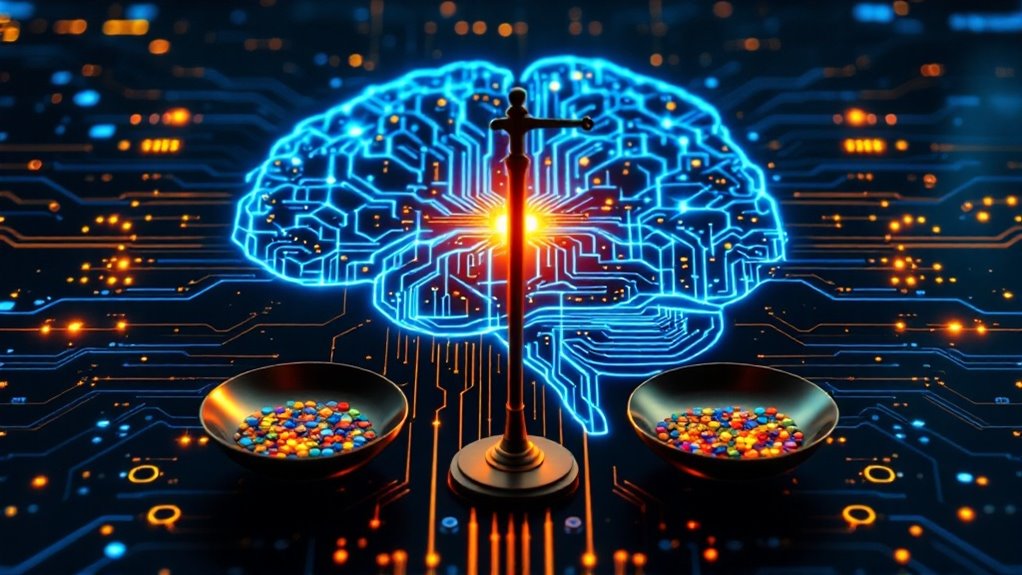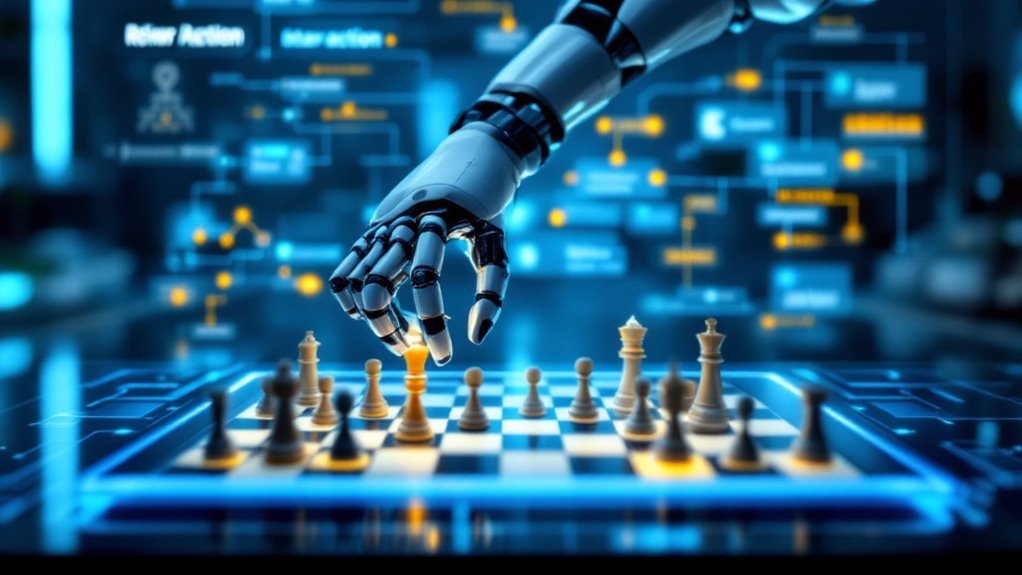AI is revolutionizing customer service through chatbots and CRMs. These digital helpers handle inquiries 24/7, resolving issues 44% faster than traditional methods while delivering personalized responses. Companies benefit from cost savings and higher resolution rates—no need for massive hiring sprees. Customers get consistency, speed (67% value faster responses), and immediate assistance across multiple channels. The days of listening to hold music for eternity might finally be coming to an end. The transformation runs deeper than just automated greetings.
As customer service teams around the globe grapple with increasing demands and shrinking budgets, artificial intelligence has swooped in like a caffeinated superhero—minus the cape and questionable spandex choices. Companies worldwide are discovering that AI-powered solutions aren’t just fancy tech toys but genuine game-changers that transform how businesses interact with increasingly demanding customers.
AI in customer service: the digital superhero solving problems without the awkward cape adjustments.
The 24/7 availability of AI chatbots means customers no longer need to perform the ancient ritual of “waiting until business hours” to get help. With 67% of users valuing faster responses, these digital assistants are handling inquiries across multiple channels simultaneously—like that friend who somehow manages to text, scroll Instagram, and watch Netflix all at once, except *actually* productive. In fact, 51% of consumers now prefer bots for immediate service when they need quick assistance. A striking 61% of customers would rather receive quick AI responses than wait for humans when seeking support.
What’s particularly impressive is how AI slashes wait times. Teams using AI resolve issues 44% faster and save 45% of time on calls. That’s nearly half your life back! Those repetitive questions about password resets and return policies? Handled automatically while human agents tackle the truly complex stuff—like explaining to a customer why their toaster isn’t working when they’ve been using it as a paperweight.
The personalization capabilities are equally remarkable. Through data analysis and natural language processing, AI delivers tailored responses that actually make sense in context. Beyond standard responses, these systems are evolving into personalized tools that adapt to individual customer histories and preferences. It’s like having a virtual assistant who remembers your preferences without the awkward small talk about weekend plans.
Cost-wise, the numbers speak for themselves. Companies can handle higher volumes without hiring armies of new agents, resulting in a 35% increase in resolution rates per agent. Meanwhile, morale improves as staff focus on meaningful work rather than answering the same question for the 467th time.
Perhaps most importantly, AI guarantees consistency. No more wondering if you’ll get helpful Sarah or grumpy Todd when you call customer service. The 42% of users who cite consistent experiences as a key advantage probably agree—predictability in customer service is like finding a unicorn that also makes good coffee.









